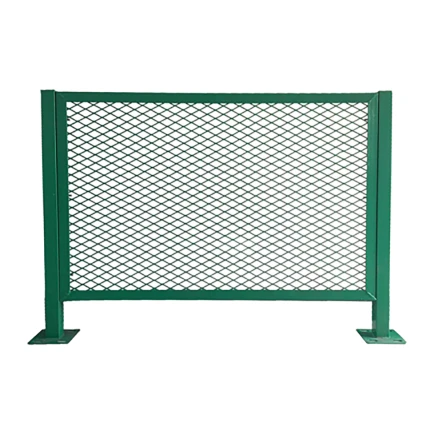The Benefits of Plastic Netting for Climbing Plants
As gardening enthusiasts increasingly seek innovative solutions for optimizing plant growth, plastic netting has emerged as a preferred choice for supporting climbing plants. This versatile gardening tool offers numerous advantages that help both amateur and professional gardeners nurture their plants effectively. In this article, we will explore the key benefits of using plastic netting for climbing plants, its applications, and valuable tips for maximizing your plants' growth potential.
Understanding Plastic Netting
Plastic netting, often made from polyethylene or polypropylene, is a lightweight and durable material designed for various horticultural applications. Its open structure provides support while ensuring adequate sunlight and air circulation around the plants. Unlike traditional methods, such as wooden trellises or metal cages, plastic netting is not only easy to install but also cost-effective.
Advantages of Plastic Netting
1. Flexibility and Customization One of the primary advantages of plastic netting is its flexibility. Available in various sizes and mesh configurations, gardeners can customize the netting to fit their specific space and plant growth habits. Whether you're cultivating tomatoes, cucumbers, or climbing roses, you can choose the right dimensions and strength of netting to accommodate the needs of your plants.
2. Lightweight and Easy to Install Compared to heavier materials, plastic netting is incredibly lightweight, making it easy to handle and install. Gardeners can quickly secure it to fences, walls, or any structure that provides vertical support. This ease of installation means less time spent setting up and more time for enjoying the gardening process.
3. Durability and Longevity Plastic netting is designed to withstand various weather conditions, including rain, wind, and sunlight. Unlike organic materials that may decay or suffer from rot over time, high-quality plastic netting can last for years, providing continuous support without the need for frequent replacements.
4. Improved Airflow and Sunlight Exposure The open structure of plastic netting allows for better airflow and sunlight exposure, important factors for healthy plant growth. Climbing plants benefit from this exposure, as it can lead to increased photosynthesis and higher yields. With improved airflow, gardeners can also mitigate the risks of mold and mildew, promoting overall plant health.
5. Space Efficiency For those gardening in limited spaces, plastic netting is invaluable. By providing vertical support, gardeners can maximize the planting area and grow more plants in a confined space. This vertical gardening method not only enhances productivity but also adds an aesthetic appeal to gardens, creating lush vertical displays.
Applications of Plastic Netting
plastic netting for climbing plants

Plastic netting can be employed in various gardening applications. Beyond climbing plants, it is used for supporting berries, vines, and even small fruits. Additionally, it can serve as a protective barrier against pests, shielding delicate plants from harmful insects while still allowing beneficial pollinators to access the flowers.
Despite its many benefits, gardeners should be mindful of their specific plant types and growth patterns to ensure appropriate support. Choosing the right gauge and mesh size is essential to accommodate the weight and density of the climbing plants.
Tips for Using Plastic Netting
To maximize the effectiveness of plastic netting in your garden, consider the following tips
- Install Early Put up the netting at the beginning of the growing season to give the plants plenty of time to climb and establish themselves.
- Secure Properly Ensure that the netting is securely fastened to prevent sagging under the weight of the plants as they grow.
- Monitor Growth Regularly check on your plants and adjust the netting as needed to support new growth and prevent any damage.
- Combine with Other Methods For particularly heavy or vigorous plants, consider using additional support methods, such as stakes or built-in supports, along with plastic netting for enhanced stability.
Conclusion
In conclusion, plastic netting is a practical and efficient tool for supporting climbing plants. Its flexibility, ease of installation, durability, and ability to promote healthy growth makes it an essential element in any gardener's toolkit. By embracing plastic netting, gardeners can create thriving vertical gardens that not only conserve space but also enhance the beauty of their outdoor spaces. Whether you are a seasoned gardener or just starting, plastic netting can help you achieve lush, productive plants with relative ease.
-
The Best Metal Mesh Solutions: Expanded Aluminum Metal vs. Expanded Stainless Steel Metal
NewsSep.10,2024
-
Round Perforated Sheets vs. Hexagonal Perforated Sheets vs. Embossed Perforated Sheet Metal
NewsSep.10,2024
-
Perforated Metal Sheets
NewsSep.10,2024
-
Experience The Excellence Of Stainless Steel Grating
NewsSep.10,2024
-
Discover the Versatility Of Metal Mesh Expanded Forming Machines
NewsSep.10,2024
-
Discover The Advantages Of Steel Grating For Sale
NewsSep.10,2024
Subscribe now!
Stay up to date with the latest on Fry Steeland industry news.

